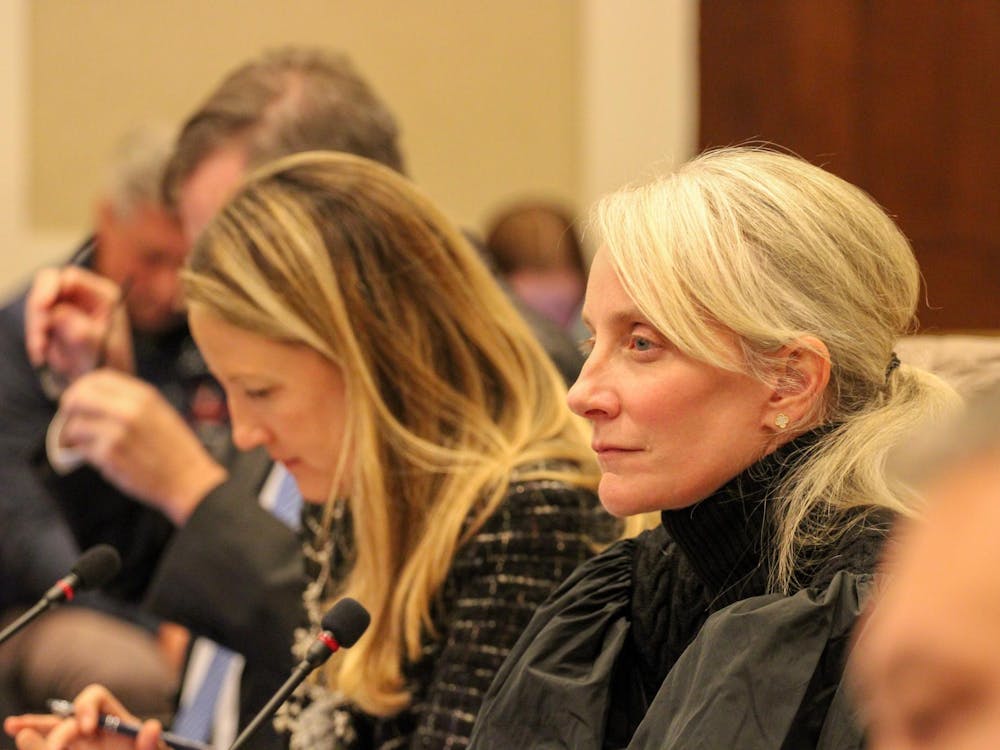Results from the National Survey of Student Engagement, released Monday, reveal that more than 41 percent of higher education institutions surveyed showed some level of improvement in at least one area of student engagement since the last survey period.
This year, about 400 colleges and universities participated, said Jillian Kinzie, associate director at the Indiana University Center for Postsecondary Research, which conducts the survey annually. Each institution was assessed in the areas of Level of Academic Challenge, Active and Collaborative Learning, Student-Faculty Interaction, and Supportive Campus Environments.
"This [year's data] is the first examination of [the NSSE's] results over time," Kinzie said. "What our data indicates is that important changes [have occurred] in the first-year experience among the quality of active and collaborative learning, and the quality of interactions with faculty in and out of the classroom have notably improved in a fair number of institutions."
About 1 to 2 percent of institutions showed a decline in these categories, while a large number did not show much of a change, Kinzie said. Nevertheless, the significant number of institutions that improved may be a positive sign for the nation's higher education system, as it shows that some schools are acting upon the survey results to improve the quality of the undergraduate experience, she added.
NSSE "wasn't designed as a tool for institutions to see if they were better than other institutions, but really to improve their educational quality," Kinzie said.
The University, which did not participate this year because it only provides data once every three years, always has taken this comparative approach to the statistics after they become available, University spokesperson Carol Wood. Although costly to administer, Wood said the survey allows the University to track the progress of selected classes from their first to fourth years.
Nationwide, both small colleges and large universities showed improvements in specific areas, but large doctoral institutions showed greater improvement in more areas important to the first-year experience than did small colleges.
"It could be that [large, doctoral universities] had more work to do in those areas ... so they had more to invest," Kinzie said, noting that the survey did not find much improvement in smaller institutions. It is still significant, however, that positive change was seen across all institution types, even with this disparity taken into account, Kinzie said.
The survey also reflected a positive change in the use of course management technologies, such as interactive resources like UVaCollab. Although these technologies do not always involve direct interaction with an instructor, Kinzie said, students still reported that they help enhance their involvement in courses.






